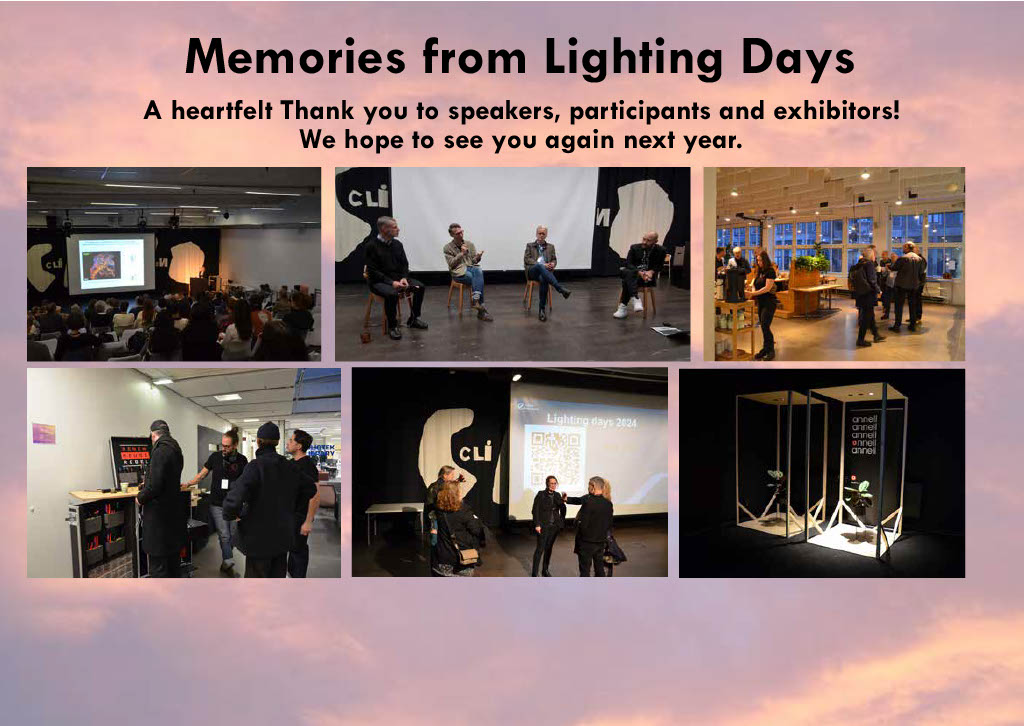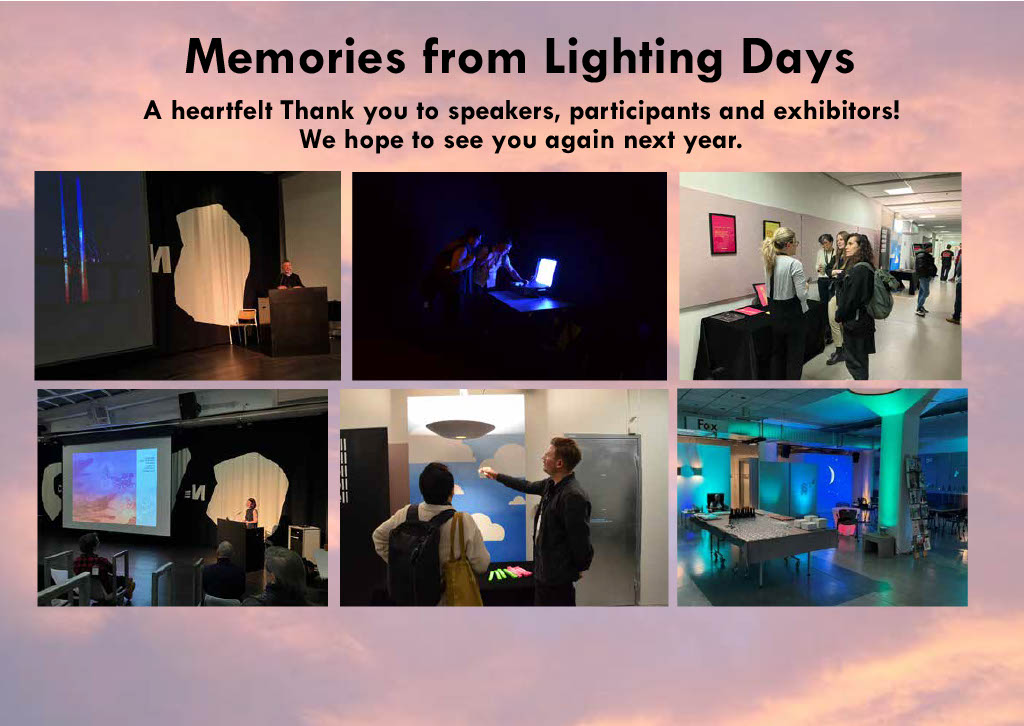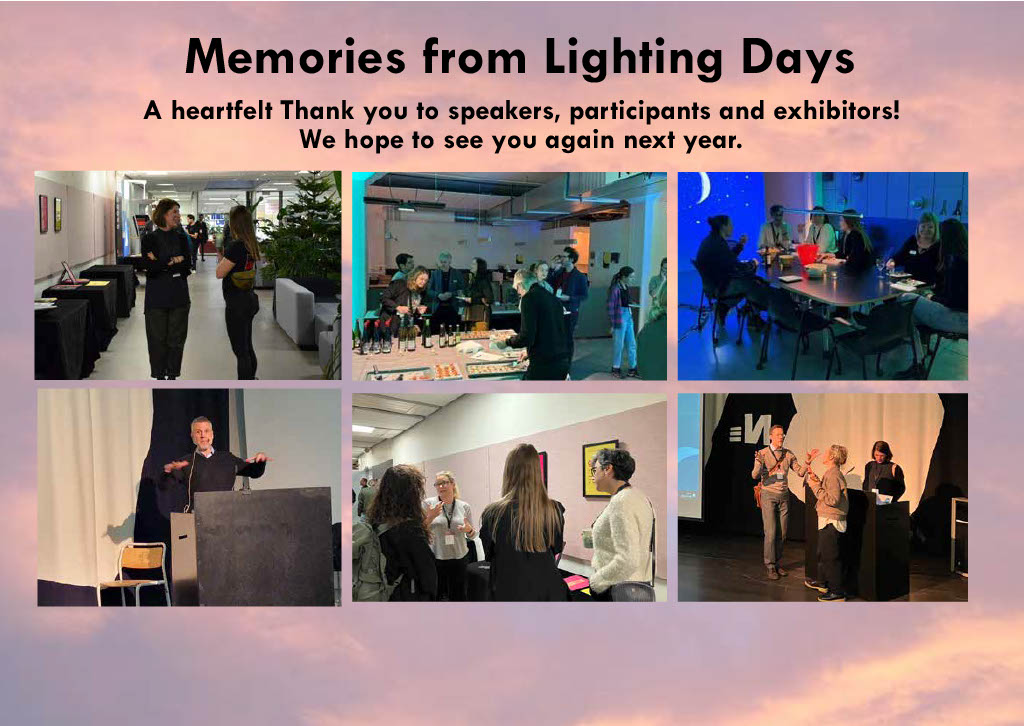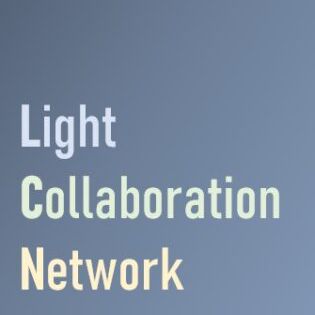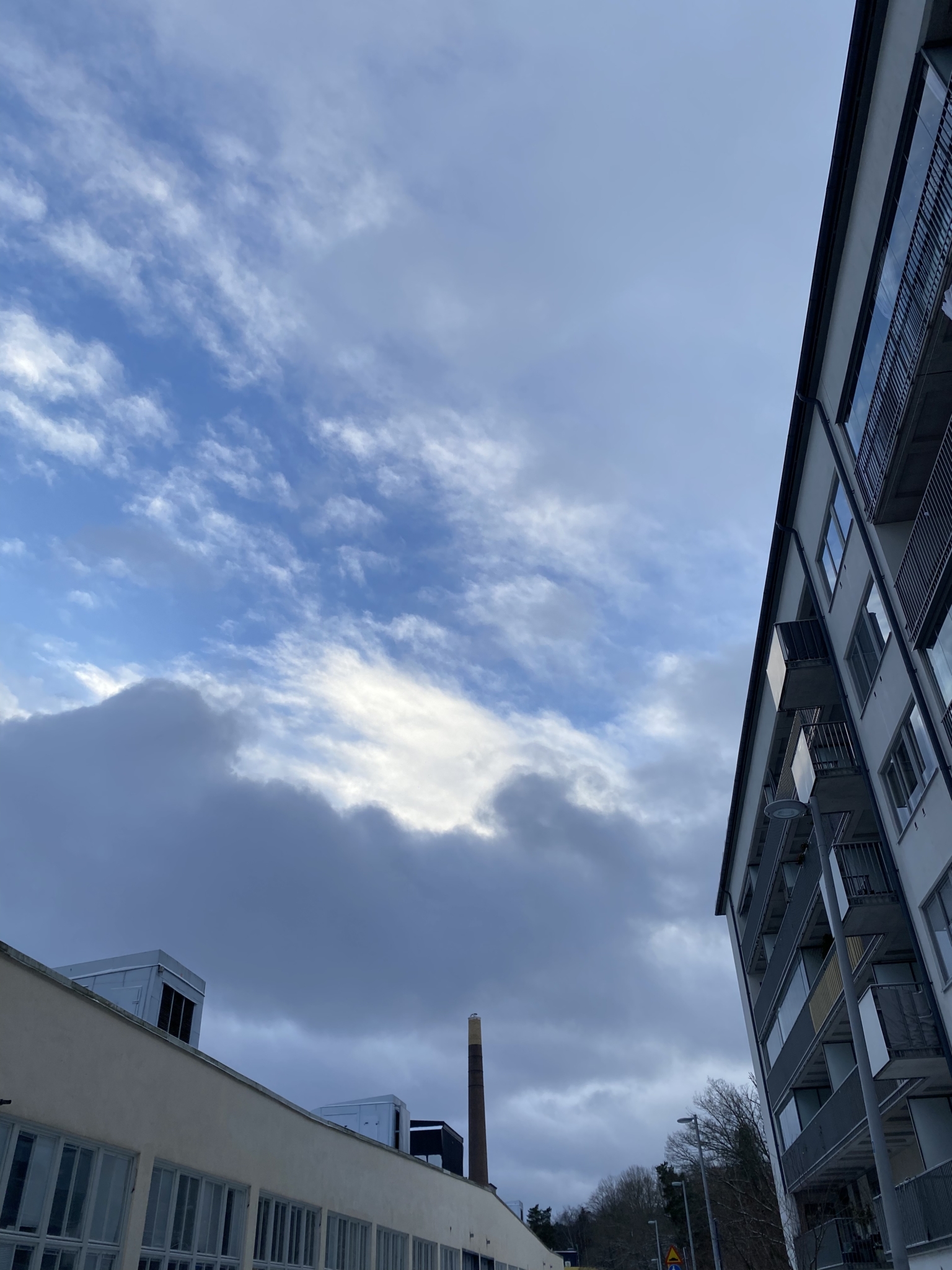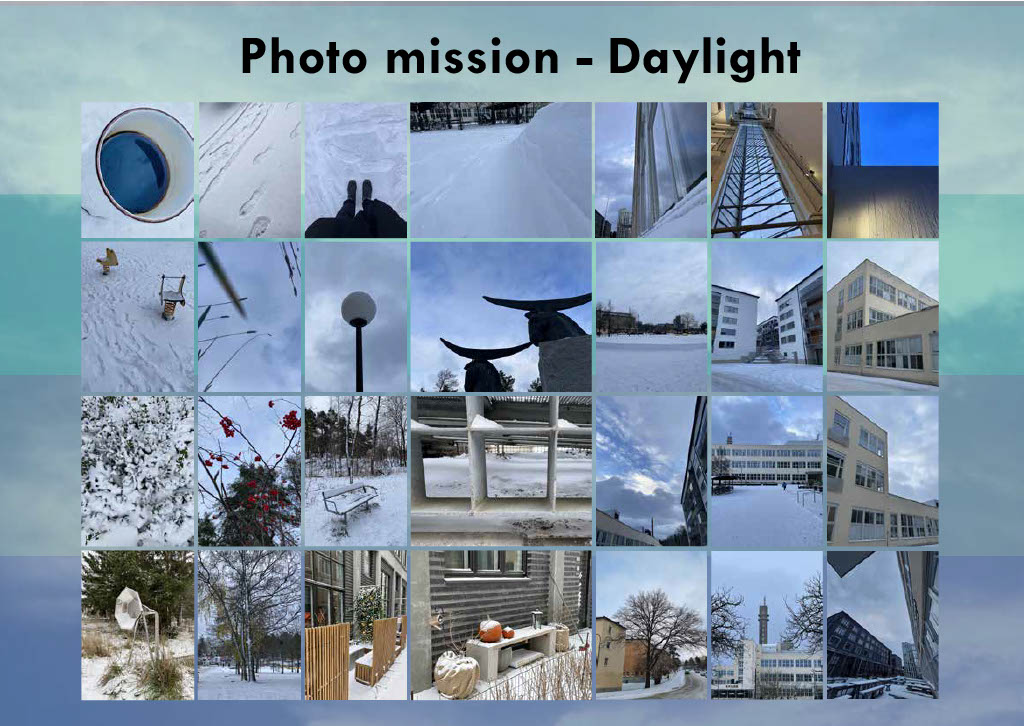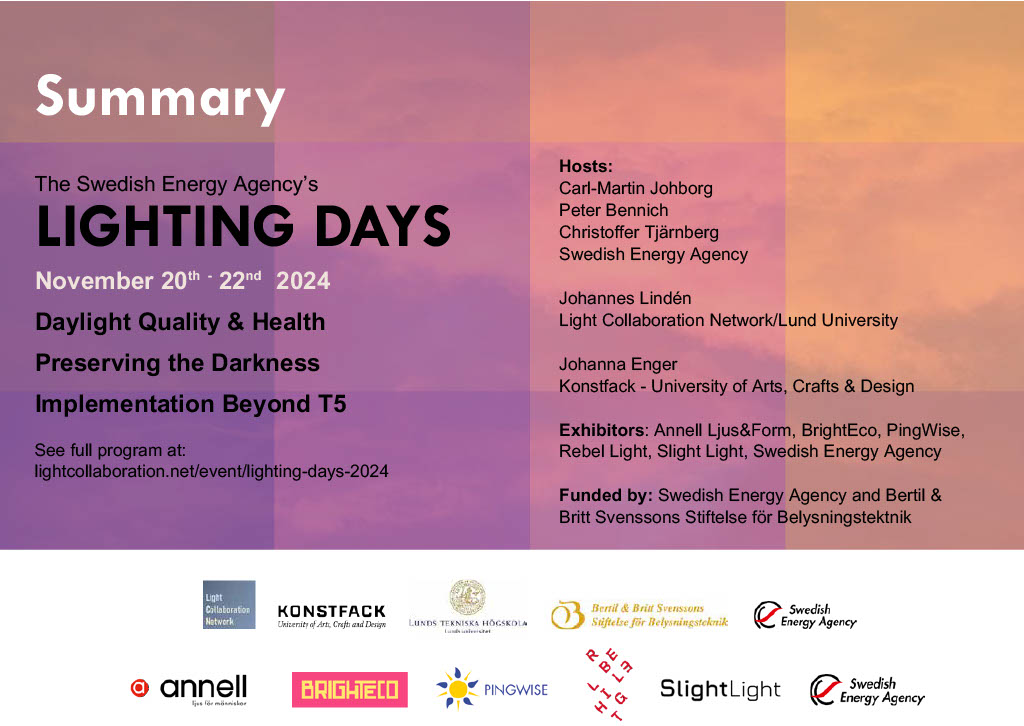
A Heartfelt Thank You!
Thank you for participating in this year’s Lighting Days, where we explored the latest innovations, challenges, and opportunities in lighting design and technology.
Our discussions highlighted the critical role of daylight qualities in lighting design. From harnessing natural light to enhance architectural spaces to the health benefits of daylight exposure, we examined how thoughtful integration of daylight can reduce energy consumption and improve well-being.
The conference also emphasized the importance of dark sky preservation. Participants delved into strategies to minimize light pollution, including shielded fixtures, adaptive lighting technologies, and policies for sustainable nighttime lighting. These approaches aim to protect our nocturnal ecosystems, promote star visibility, and ensure a harmonious balance between functionality and environmental stewardship.
We are grateful for your insights and contributions, which made this conference a success. Together, we’re shaping a future where lighting design supports both human needs and planetary health
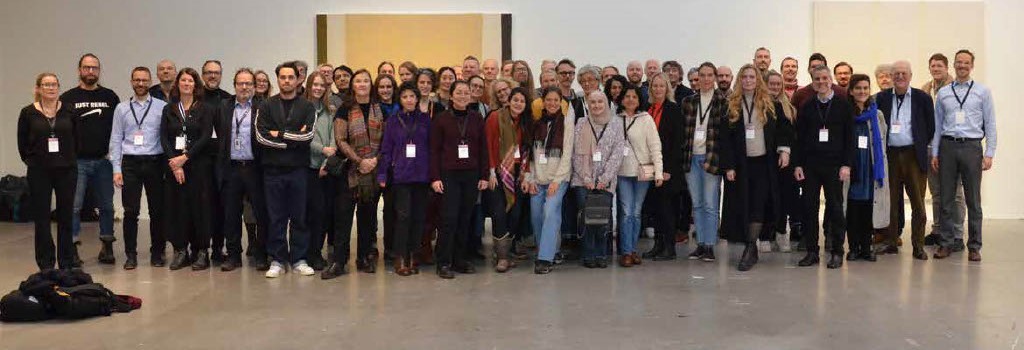
Resources
Visit the Lighting Days 2024 events page for available presentations to download.
Evaluation
Share your thoughts on Lighting Days 2024!
We want to know what you thought was good and what you think could be improved for next year.
Lament for Flourescent Light
Ladies and gentlemen, family, friends, and fellow mourners,
Today, we gather to honor the life of a humble yet steadfast companion in our daily lives—the fluorescent tube. Though often taken for granted, this brilliant invention has illuminated countless homes, offices, schools, and factories across the globe, shining with an enduring glow that provided
clarity and focus in times of need.Born in the mid-20th century, the fluorescent tube arrived with the promise of efficiency, longevity, and innovation. It marked a departure from the incandescent lights of the past, offering a brighter and cooler alternative to illuminate our world. It was a workhorse—never seeking praise or attention, but always there when we needed it most.
In hospitals, it helped heal; in classrooms, it inspired young minds; in factories, it stood as a symbol of industry and progress. It served in offices during long hours, casting light on the work that built our economies and shaped our societies.
Indeed, its light became a constant, a presence so ubiquitous that we rarely stopped to acknowledge it, even as it stood as a silent beacon of productivity and perseverance.
The fluorescent tube had its flaws—flickering at times, a little harsh to the eye, and prone to dimming with age—but even these imperfections only made it more relatable, more human. It carried its own quiet dignity, enduring through the years despite challenges from newer technologies that
came along promising greater efficiency and lower energy use.And now, as we bid it farewell, we remember the countless nights it kept the darkness at bay, the times it made the mundane more visible, and how it brought people together in light. Though it may soon be replaced by LEDs and smarter technologies, let us not forget the fluorescent tube’s contribution to modern life.
May it rest in peace, knowing that its glow will forever live on in the memories of those who appreciated its steady light through the years. You may have dimmed, but you will never be forgotten.
Rest in peace, dear fluorescent tube. Your light will always shine in our hearts.
